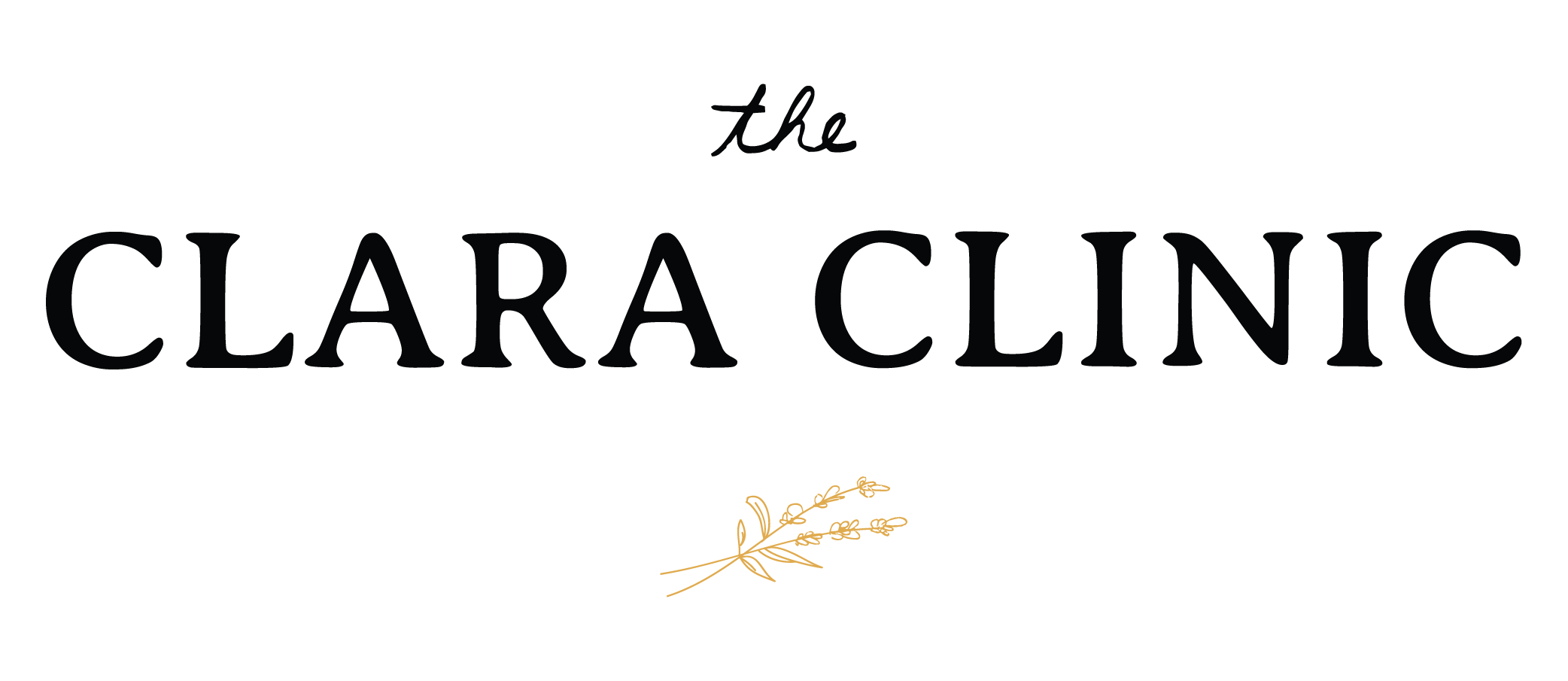Exploring the Benefits of Mistletoe for Breast Cancer
A breast cancer diagnosis is life-changing, bringing challenges that affect every part of a patient’s life. From managing physical symptoms to addressing emotional concerns, the journey can feel overwhelming. However, alternative therapies like mistletoe therapy are offering hope to patients. This blog will explore the benefits of mistletoe therapy for breast cancer patients at any stage of their cancer journey, providing insight into its use, effectiveness, and integration with conventional treatments.
What is Mistletoe Therapy?
Mistletoe therapy involves the use of mistletoe extract, derived from a parasitic plant that has been used in traditional medicine for centuries. First introduced in Europe, mistletoe has been employed to treat a variety of health conditions due to its purported ability to strengthen the immune system and improve overall health. In cancer treatment, mistletoe extract is often used as a complementary therapy to enhance the body’s resilience during conventional treatments such as chemotherapy and radiation.
Mistletoe extract is derived from different types of trees, primarily Fir, Apple, and Pine. The specific tree from which the mistletoe is harvested influences its potency and use. Each type is suited for different types of cancer and is tailored based on individual sensitivities:
Fir mistletoe: Often used for solid tumors like breast cancer.
Apple mistletoe: Known for its gentler effects, it may be used when patients have heightened sensitivities.
Pine mistletoe: This type is generally used in patients with specific needs, depending on their response to treatment.
Research on Mistletoe and Cancer
Survival Benefits
Several studies have explored the potential survival benefits of mistletoe therapy for cancer patients:
Ostermann et al. (2020) conducted a systematic review and meta-analysis focused on cancer patients treated with fermented mistletoe extract, known as Iscador. The findings indicated a statistically significant improvement in survival rates for those using Iscador, highlighting its potential to enhance overall survival when combined with conventional treatments.
Loef and Walach (2022) reviewed survival rates of cancer patients treated with non-fermented mistletoe extract. The results also suggested a positive impact on survival, although the degree of benefit varied across studies.
Managing Cancer-Related Fatigue
One of the most debilitating side effects of cancer and its treatments is fatigue. Pelzer et al. (2022) reviewed the effects of mistletoe extracts on cancer-related fatigue in a systematic review and meta-analysis. The study demonstrated that mistletoe therapy could significantly reduce fatigue, improving patients' quality of life throughout treatment.
Efficacy and Safety for Breast Cancer
In a comprehensive study by Schnell-Inderst et al. (2022), the efficacy and safety of mistletoe extracts for breast cancer patients were evaluated. The study compared patients receiving mistletoe therapy alongside conventional cancer treatments to those receiving only standard treatments. The results indicated:
Improved quality of life in breast cancer patients using mistletoe therapy.
Potential reduction in treatment-related side effects such as nausea and fatigue.
No significant adverse effects, confirming the safety of mistletoe as a complementary treatment.
Additionally, the study’s economic analysis highlighted mistletoe therapy as a cost-effective option, with patients and caregivers reporting high levels of acceptance and perceived benefits.
Additional Insights
General Safety and Timing
Mistletoe therapy is versatile, and research consistently supports its safe use at various stages of cancer treatment—whether it’s before, during, or after surgery, chemotherapy, or radiation. This flexibility makes mistletoe therapy a valuable option for patients seeking continuous support throughout their cancer journey. It can help manage side effects, protect healthy cells, and enhance overall well-being, offering a complementary approach alongside conventional therapies.
How Mistletoe Works
Mechanisms of Action
The therapeutic effects of mistletoe extract are attributed to several active compounds, including proteins called lectins. These lectins are believed to:
Stimulate the immune system to improve the body’s natural defense mechanisms.
Promote apoptosis (programmed cell death) and necrosis (unplanned cell death) in tumor cells.
Inhibit the process of angiogenesis, which tumors use to develop new blood vessels and grow.
Provide immunoprotection, helping the body tolerate and respond better to conventional cancer treatments like chemotherapy by protecting healthy cells.
Integrative Approach to Breast Cancer Care
Combining Mistletoe with Conventional Treatments
Mistletoe therapy is most effective when used alongside conventional cancer treatments such as chemotherapy, radiation, and surgery. This integrative approach supports a holistic view of care, addressing not only the physical symptoms of cancer but also the emotional and mental well-being of patients.
Patients who combine mistletoe therapy with standard treatments often experience better outcomes in terms of managing side effects, reducing fatigue, and improving their overall quality of life. However, it’s crucial for patients to consult with their healthcare providers before making any changes to their treatment plan, ensuring that mistletoe therapy is safely integrated into their regimen.
A Final Word
Mistletoe therapy offers a range of benefits for breast cancer patients, from improving survival rates to managing treatment-related side effects like fatigue. As research continues to validate its efficacy and safety, more patients are exploring this natural, complementary treatment as part of their cancer care.
Ready to make a change?
If you're curious to learn more on how Mistletoe can support your Breast Cancer care, I invite you to book a complimentary consultation with me here.
Take the first step towards a healthier you by scheduling your appointment today.
Yours in health,
Dr. Monica Velletri, ND


